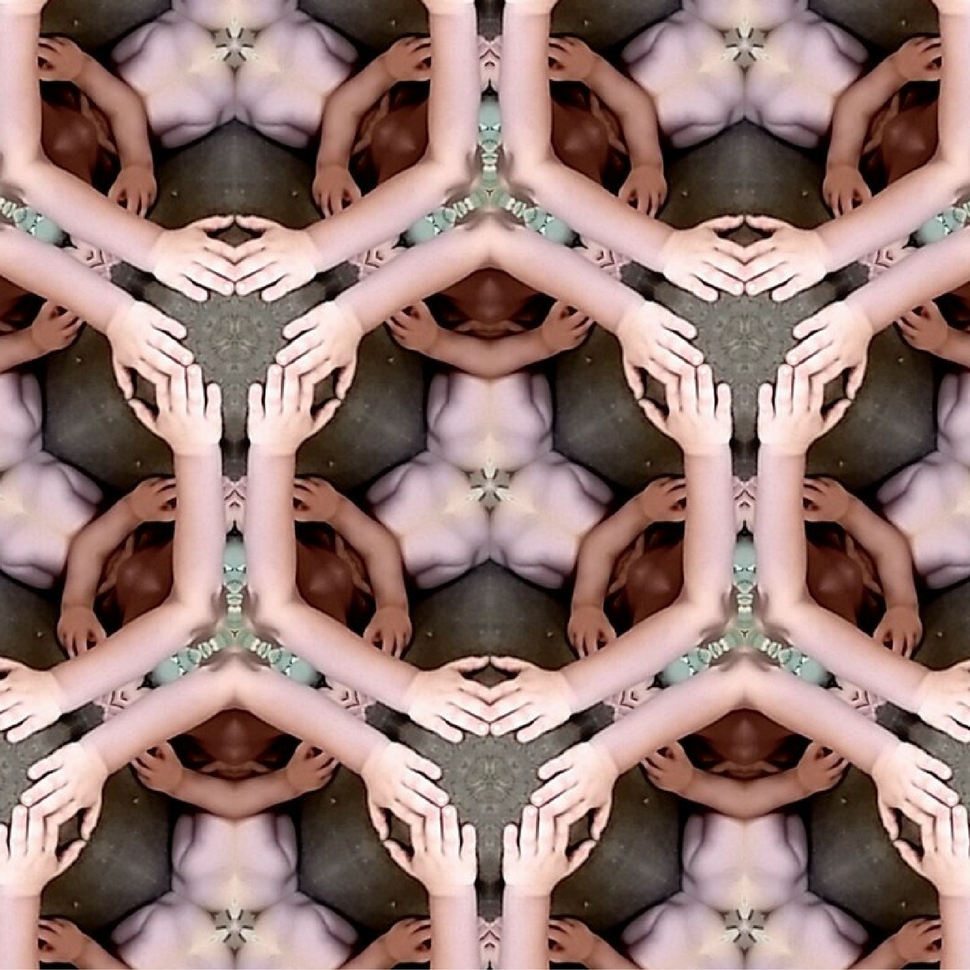Are there any numbers you can share about AllGoodWork? How many seats are available? How many spaces and organizations are engaged with AllGoodWork?
We have about 75 seats in New York and about 50 in Denver. We have 25 partners in New York. Most of our seats in Denver come from Office Evolution. We have a total of four or five partners in Denver but most of our seats are coming from Office Evolution.
The number of organizations we’re helping is growing day by day. When we originally launched, we had about 250 seats. The median number of seats donated is three, and the average size of the organizations applying is three. We do have a lot of organizations of ones and twos and we have some organizations that are 10-15. It’s sometimes challenging to make sure that the people are filling the right seats in the right spaces.
We’ve got 15 organizations that are hosted in New York and we’re adding more every week. It’s growing pretty rapidly. We launched in New York in late-December and, in the last few months, have honed our process. Now that we’ve dealt with the backlog of applicants we’re in a better position to place people more directly in the spaces as they apply.
What are some of the challenges around the project?
Ironically, when I first started this as my pilot project, I thought the challenge would be getting hosts. I thought convincing a coworking space to donate a seat they could charge $500 for would be a real challenge. Out of the 30 or 40 coworking spaces I’ve actually talked to in New York, two have said no. For the most part, this industry is very giving and capable of rising to this challenge. That’s probably the result of a couple of things: they’ve never been asked before and they see the value of it in terms of us managing that social responsibility program for them and managing that relationship they may have with a nonprofit instead of just giving it to the first person who asks.
The challenges have been, not in finding hosts or getting seats, but in finding the right organizations to fill those seats. That’s really about vetting the organization, finding them when they’re in the right place and the right time, and making sure they’re familiar with coworking. Not every organization that applies understands, or is really optimized for, a coworking environment. Some have special requirements, in terms of physical space, that not every space can accommodate.
Finding the right organizations, making sure they’re doing great work, and figuring out where they can go from a geographic standpoint gets a little bit challenging. But we worked out some of the problems, in terms of how the applications are handled at the beginning to reduce the number of problems we had with geography later on. Hopefully, going forward, we’re going to have an easier time making sure we have a place for someone who’s applying and that the space is located in a place geographically that they’ll be able to use.
What’s the big picture vision for AllGoodWork? What would you most like to see happen?
I’d like to create the largest community of nonprofit coworkers in the world, and have that be a community of 10,000, 20,000, 30,000 worldwide who are working out of offices all over. That’s our ultimate goal.
Anything you’d like to add?
We’re launching in three cities this year. We’re not certain which ones but we’re thinking about the Bay Area, Los Angeles, Chicago, Austin, Boston, Miami. Those are the kind of places we’re looking at.
Bonus: I asked Cottle, Chairman of AllGoodWork, about the unifying aspect of the program and its potential industry impact:
Coworking and business rental companies tend to be seen as different entities, yet AllGoodWork brings them together under an umbrella of social responsibility in shared offices. What kind of impact could this project have on the industry as a whole?
While there are subtle differences in the business models within our industry, the one common element that we have found through the years is a very generous support for charities of all kinds.
Our goal with AllGoodWork is to unite the industry and create a tidal wave of understanding that we aren’t just an industry that changes the way people work; but we are an industry that also changes the world that we all work within.


 Dr. Gleb Tsipursky – The Office Whisperer
Dr. Gleb Tsipursky – The Office Whisperer Nirit Cohen – WorkFutures
Nirit Cohen – WorkFutures Angela Howard – Culture Expert
Angela Howard – Culture Expert Drew Jones – Design & Innovation
Drew Jones – Design & Innovation Jonathan Price – CRE & Flex Expert
Jonathan Price – CRE & Flex Expert











